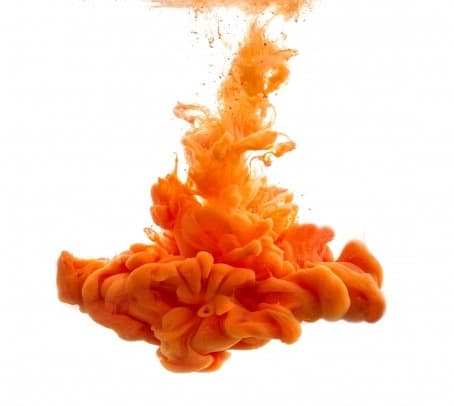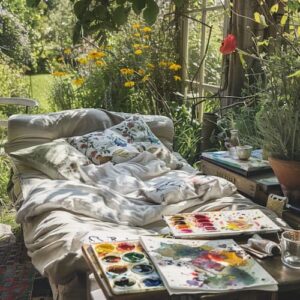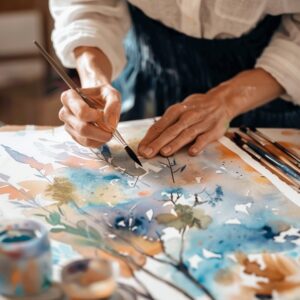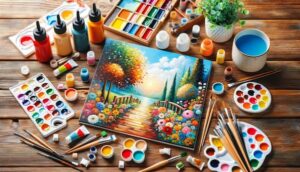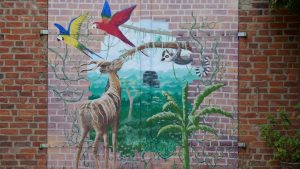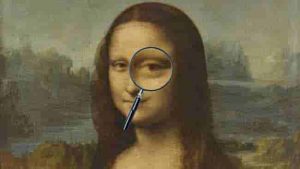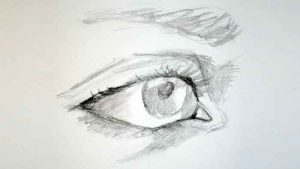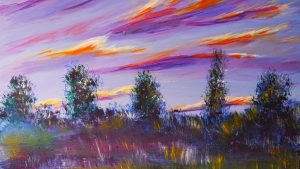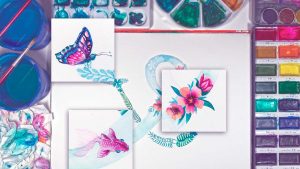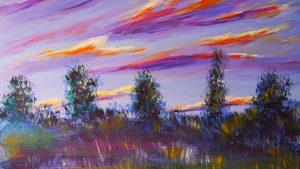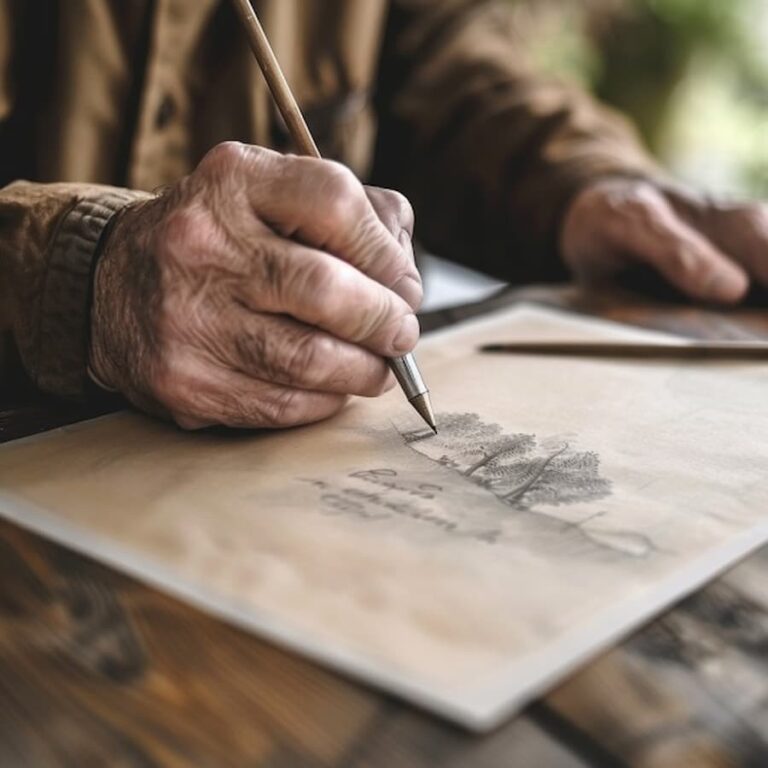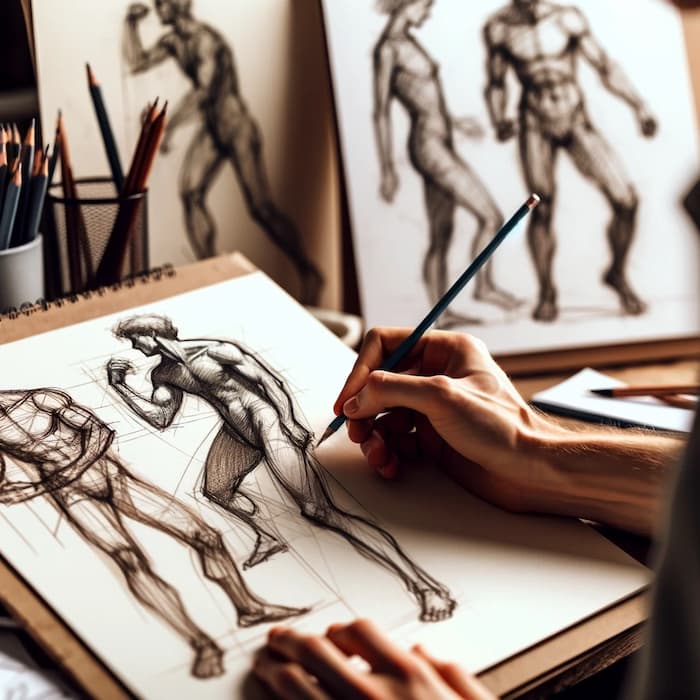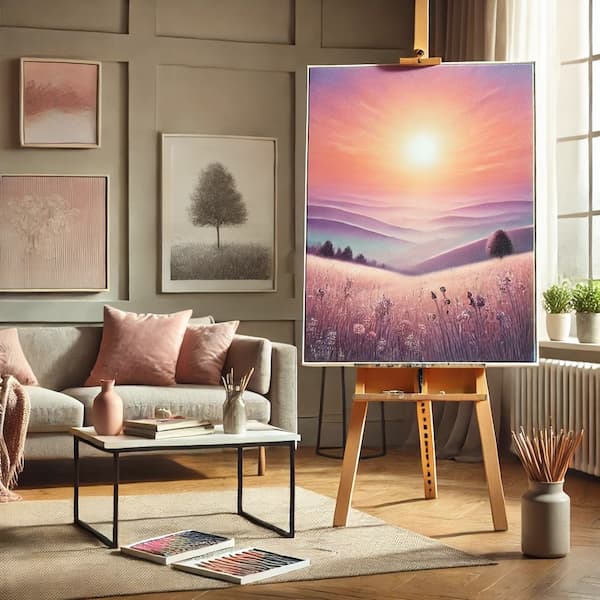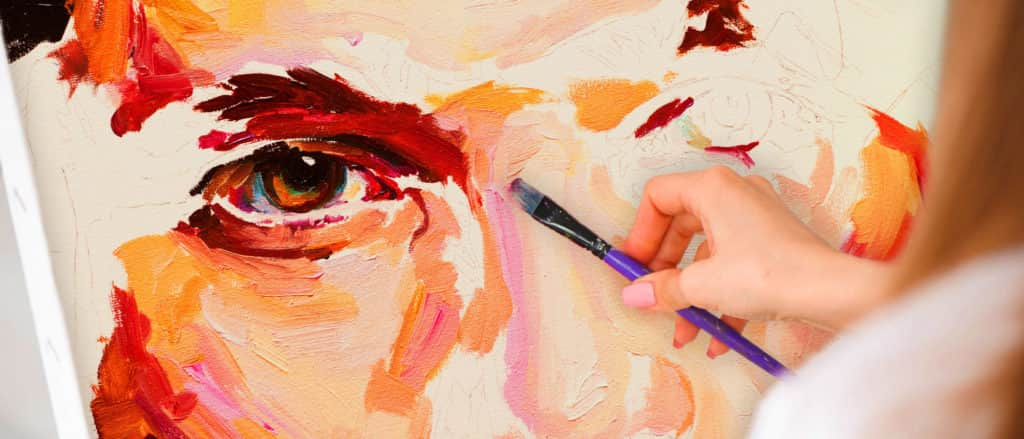Hello, artenauta! If we have already told you about how to make the brown color, green color and electric blue color, today we are going to explain you how to make orange color, as well as several characteristics and curiosities about this color that you may not have known.
Steps to make the color orange
Also learn how to make the colors:
- How to make flesh color
- How to make purple color
- How the color green is made
- How brown color is made
- How to make brown color
Characteristics of the color orange
- As mentioned above, orange is a secondary color resulting from the mixture of magenta and yellow. Depending on the amount we use of each of these two colors, we will obtain a tone that tends more towards reddish or yellowish, receiving, consequently, different names.
- If we want to achieve a lighter shade of orange, we will add white or yellow; bearing in mind that the more white we add, the more strength the orange will lose, tending to a salmon tone.
- To obtain a dark tone, we can resort to carmine or blue, being very careful with the amount we add of the latter color, since, as we mentioned in previous points, it is its complementary, so we run the risk of breaking it too much (getting a brown).
- It is a warm color that, psychologically, depending on the shade chosen, is associated with fun, enthusiasm, joy, vitality, youth, danger, frivolity or cowardice.
- Just as there are shades, such as blue, that provide calmness, orange is known for lifting the mood.
- The color orange is associated with the stimulation of appetite and flavors; for this reason, it is widely used in advertising to advertise products and services related to the food sector.
- We have a large number of shades of orange which, depending on whether they tend more to yellow or red, are called saffron, cauldron, ochre (which is a broken orange) or copper.
- It is a secondary color, whose complementary on the color wheel is blue (actually, the complementary of blue is red, but as this is not a primary color, but the result of the mixture between magenta and yellow, we can consider it a very dark orange).
- It is the basis of the brown shade. Almost all browns are quite broken oranges. Earth tones have an orange base.
Curiosities of the color orange
- It took its name from this (then exotic) fruit from India. Up to that time, this color was known in Europe as reddish yellow.
- Due to a general misuse of this color in advertising, for a time it was associated with “junk advertising”.
- It is used for personal protective equipment in jobs such as road maintenance (e.g., in reflective vests), as well as for safety elements (such as signal cones) and vehicle turn signals, because it is the color that is best distinguished at night and/or in foggy conditions.
- It is the color par excellence of the Buddhist religion, where it represents “enlightenment”.
To continue learning more about the concepts we have mentioned, such as what are primary colors, complementary tones or broken tones, we recommend you to read our post about the Color Theory. But if what you want is to learn how to mix colors like a professional, getting the results you need for your works, visit our Painting Course.


